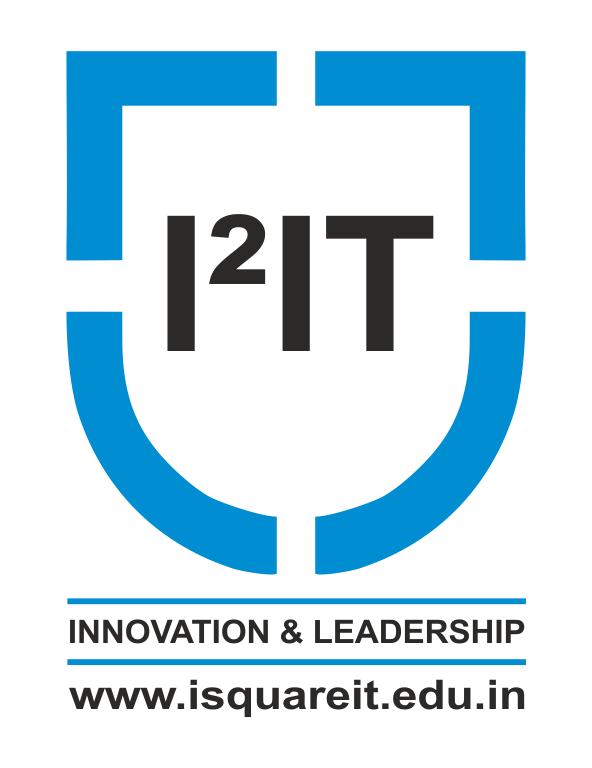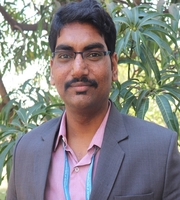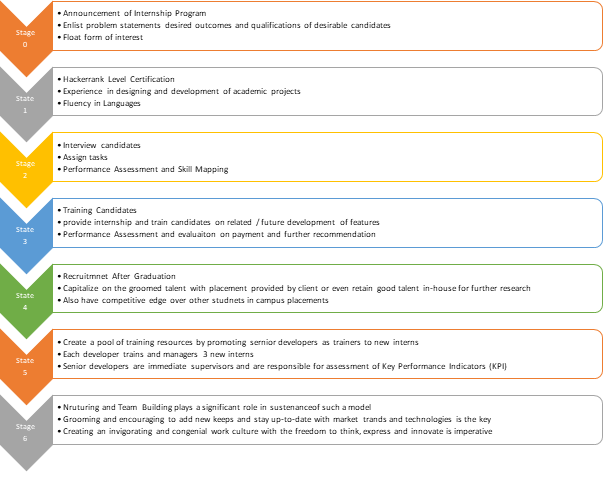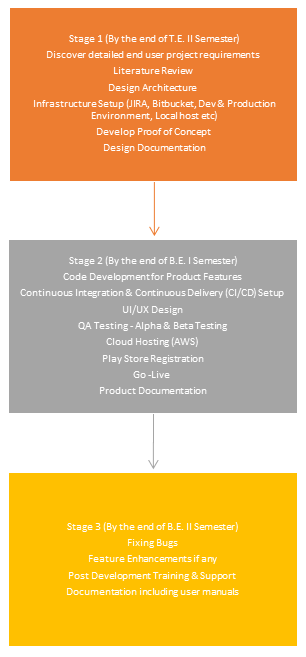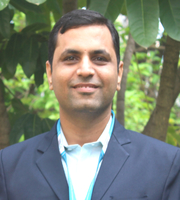In the bustling city of Pune, where the convergence of tradition and modernity creates a vibrant backdrop, lies the International Institute of Information Technology, also known as I Square IT. As one of the premier institutions for undergraduate education in Information Technology (IT), Computer Engineering, and Electronics & Telecommunication, I²IT not only prides itself on academic excellence but also on nurturing a holistic learning environment that promotes a healthy study-life balance.
For students embarking on their academic journey at I²IT, striking a balance between rigorous coursework, extracurricular activities, and personal pursuits is paramount. With a curriculum designed to challenge and inspire, coupled with a myriad of opportunities for personal growth and development, students find themselves immersed in a dynamic and enriching educational experience.
At the heart of I Square IT’s approach to fostering a healthy study-life balance lies a commitment to holistic education. Recognizing that academic success is just one facet of a fulfilling college experience, the institution places equal emphasis on extracurricular activities, social engagement, professional outreach and personal well-being.
Academically, students at I²IT are exposed to a rigorous curriculum under Savitribai Phule Pune University, (SPPU) that is both comprehensive and cutting-edge. From foundational courses in mathematics and computer science to specialized electives in emerging technologies, the curriculum is designed to provide students with a solid theoretical foundation while also equipping them with practical skills relevant to the industry.
To support students in their academic endeavours, I Square IT offers a range of resources and support services, including dedicated faculty mentors, tutoring programs, and state-of-the-art learning facilities. Additionally, the college promotes a culture of collaboration and peer-to-peer learning, encouraging students to work together to overcome challenges and achieve academic success.
Beyond the classroom, students at I²IT have ample opportunities to engage in extracurricular activities that cater to a wide range of interests and passions. Whether it’s participating in technical clubs and competitions, organizing cultural events and festivals, or volunteering for community service projects, there is no shortage of ways for students to get involved and make meaningful contributions to campus life.
Moreover, the college recognizes the importance of physical and mental well-being in maintaining a healthy study-life balance. To this end, I²IT provides access to a range of recreational facilities, including sports grounds, and fitness centres,where students can unwind and recharge after a long day of classes and studying.
In addition to promoting academic and personal development, I²IT places a strong emphasis on fostering a sense of community and belonging among its students. With a diverse and inclusive campus environment, students have the opportunity to interact with peers from different backgrounds and cultures, fostering cross-cultural understanding and collaboration.
Furthermore, the college organizes regular social and networking events, such as orientation programs, alumni meetups, and industry guest lectures, providing students with valuable opportunities to expand their networks and forge connections that will serve them well beyond graduation.
Despite the academic rigor and extracurricular commitments, students at I²IT are encouraged to prioritize self-care and mental health. The college offers counselling services and mentoring, ensuring that students have access to the resources they need to navigate the inevitable challenges and pressures of college life.
The study-life balance at I Square IT is characterized by a commitment to holistic education, personal development, and well-being. By providing a supportive and nurturing environment where academic excellence is complemented by extracurricular engagement and social enrichment, the college empowers students to thrive academically, personally, and professionally.
About the author: – Prof. Madhuri Reddy is an Asst. Professor in the Department of Engineering Sciences. She is the Head of Admissions at I²IT as well as the College Examination Officer (CEO). To get in touch with Prof. Madhuri, you can send a mail to madhurir@isquareit.edu.in; info@isquareit.edu.in; Visit – www.isquareit.edu.in to know about the institute.
